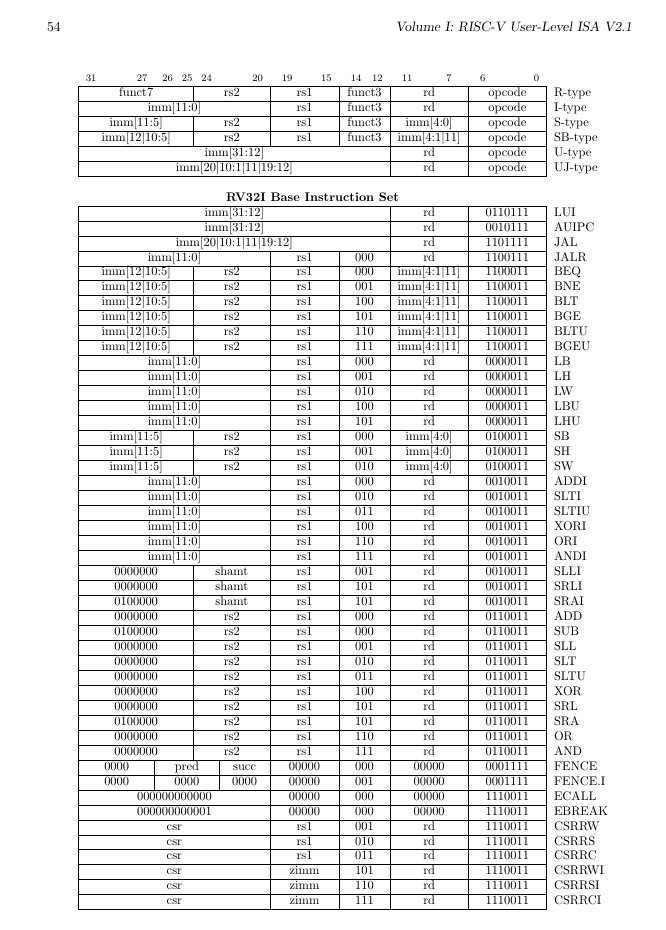As you might know, the opcode map is one essential element for the definition of a processor's ISA. At a single glance, it tells the programmer what the processor can do and how. It's like the cheat sheet for the rules of a game and it should be organised with binary/boolean logic (usually in 2 dimensions).
The opcode map is not only an exhaustive list of all the available opcodes. Think about Dmitri Mendeleev's periodic table of elements : the layout gives visual clues about the relative importance of various fields, for example. It tells the story of the processor's evolution (as is the case for the x86 family), hints at the design philosophy (or lack thereof), and you can immediately estimate qualities like orthogonality. And like with the periodic table of elements, you can spot holes (undocumented opcodes ?) or irregularities.
This is why the opcode map is also one of the precious tools of the designer. First, the map indicates the internal logic of the decoder and hints at implementation choices. Furthermore, the opcode map can highlight design flaws and its fill ratio indicates how much margin you have, or how many bits are underused, or how complete the design is...
A little example of this principle can be found in the RISC-V ISA summary sheet. A quick look at the conditional branch instructions (BEQ, BNE, BLT, BGE, BLTU, BGEU) shows a gap of 2 opcodes between BNE (funct3=001) and BLT (funct3=100).

Given the incredible degree of optimisation of this design, this gap is surprising so we can infer that 2 codes are reserved for extensions, for example.
Anyway the perfect ISA doesn't exist. It's always a compromise...
Don't hesitate to move things around, rename, re-organise the fields during development. The fields and opcode names can change as the architecture is more clearly defined. Renaming an opcode is a matter of grep'ing through all the files and replacing the old with the new occurence. Changing or resizing a field can be more complex but the end user is shielded from the details by the assembler and the simulator. Write and design self-tests to ensure all the definitions are coherent.
Massage, optimise, allocate, polish as much as you can, as long as you can ! Because one day, it will be too late and the design will be used by others who can't afford the luxury to change the processor's fundamental definitions. It's much better to break things before they can have any impact on users.
Computer design history is already full of anecdotes of bad design choices that backfired. Take all your time to refine your design, element by element, test all the changes and allocate yourself a lot of margin so you can break/change definitions as needed. It's not possible to get a design right at the first try and you must iterate many times !
 Yann Guidon / YGDES
Yann Guidon / YGDES
Discussions
Become a Hackaday.io Member
Create an account to leave a comment. Already have an account? Log In.